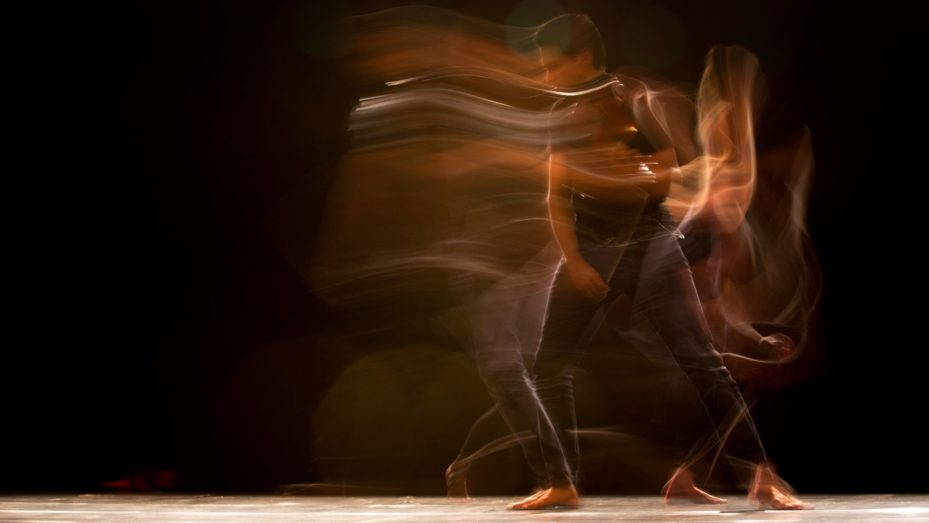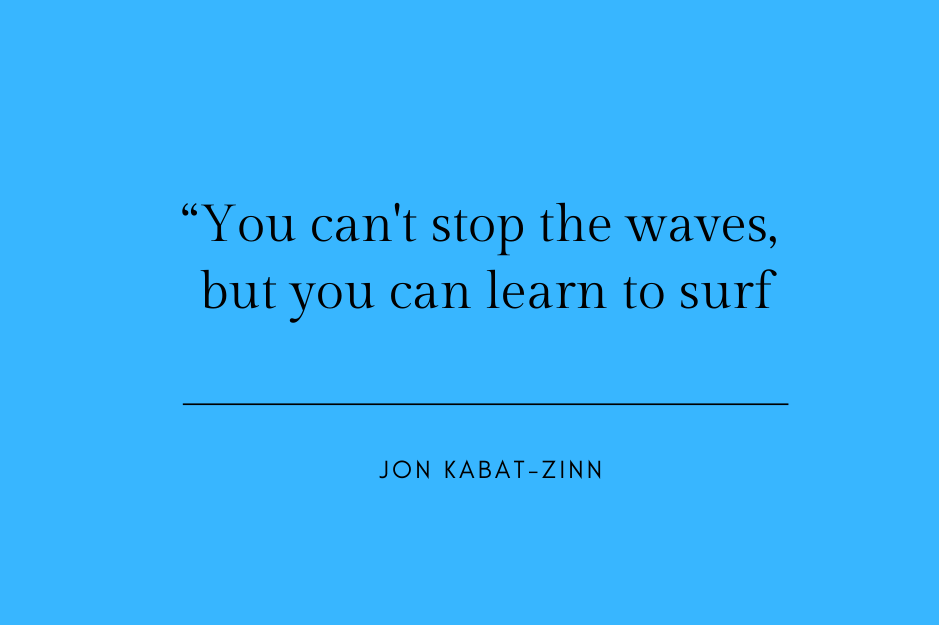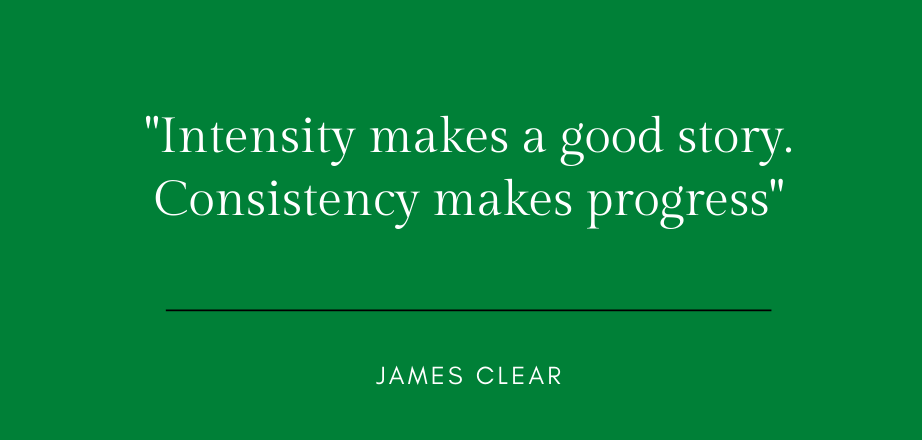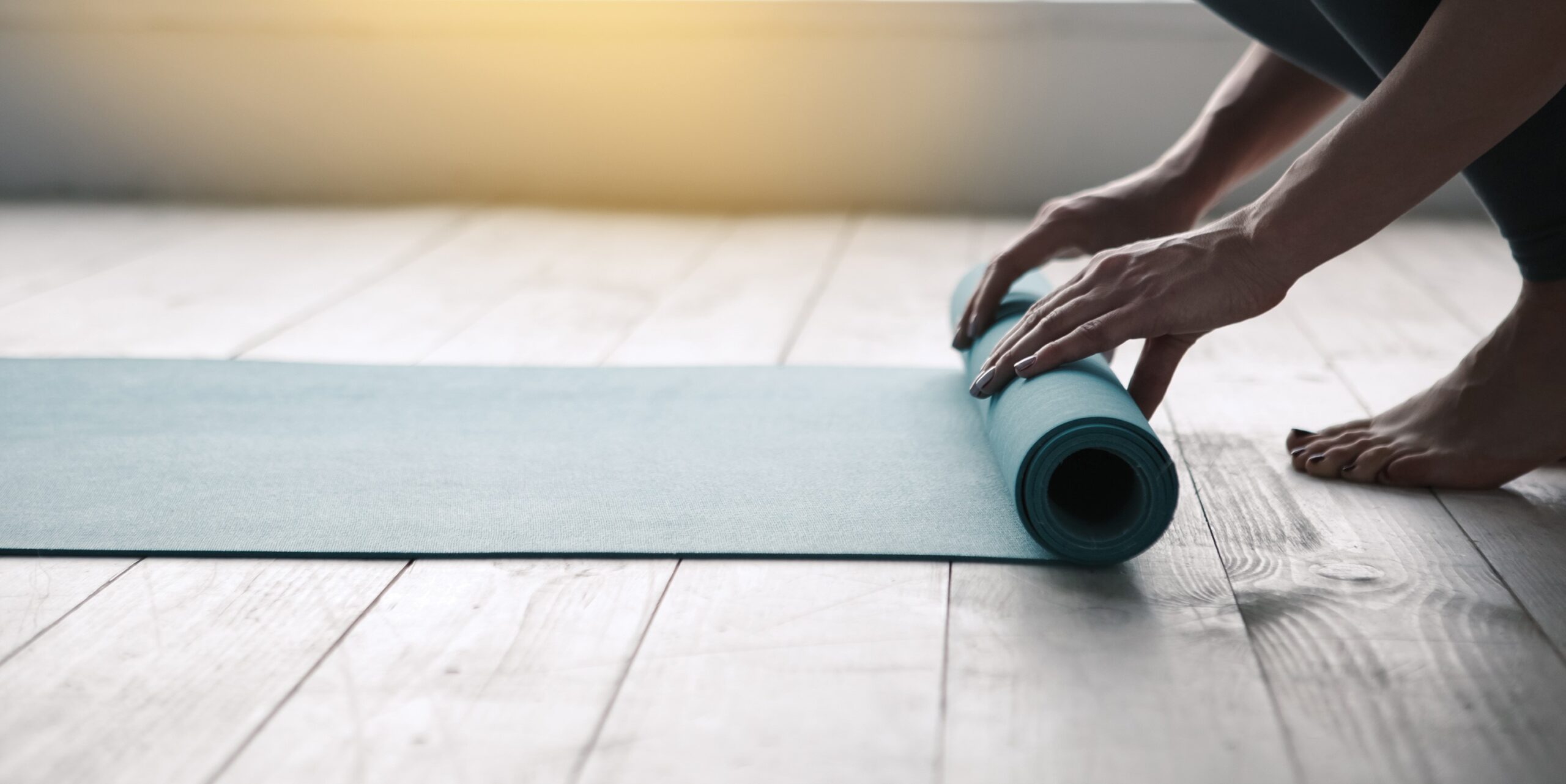Several years ago, at the end of a lunchtime class, a student, Jane, waited behind saying she had a question for me.
“What is yoga?”
My mind went into overdrive. Where do I start? How long do we have? And then, I took a breath and turned to Jane with a question of my own.
“Why do you ask?”
She explained that following the Tuesday class each week she felt calm when she returned to her desk. This feeling stayed with her for the rest of the afternoon at work. What surprised her the most was when her husband mentioned how she seemed calmer, less frazzled on a Tuesday evening. Jane hadn’t told him about her lunchtime yoga class & was amazed he had noted a difference. This is what prompted the question.
I smiled when I replied.
“That’s yoga’”
I still smile when I think back to my conversation with Jane. There really wasn’t much more to say.
Yoga is an experiential practice
Many would argue that there is a lot more to say. A huge amount has been written about yoga. There are hundreds of books available with more being published each year. My bookshelves are a testament to this as I’ve read a fair few. And yet, had I not experienced yoga, these books would have possibly left me cold.
Reading about yoga has undeniably given me a deeper understanding of this ancient practice. There have been uncanny moments when the words on a page describe in perfect detail my own experience of yoga. I’ve discovered why yoga can bring about feelings of calmness. I know how yoga can affect our central nervous system. I’ve learned about the physiological & psychological benefits of yoga. And yet, without experiencing yoga the words would not have the same meaning or impact.
“Yoga is largely an experiential practice and its benefits are sometimes difficult to articulate. Of course, it is reasonably easy to explain that an ache or pain has disappeared. What is trickier to explain is the feeling of spaciousness in the body, or the clarity of mind that many people associate with yoga.” – Peter Blackaby, Intelligent Yoga –
Thinking back to those first yoga classes I attended, I can still recall how I felt. Like Jane, I noticed that I felt different, but I couldn’t, still can’t, find the words to capture what it was. Does it matter? I honestly don’t think that it does. Some things do not have to be explained, they can simply be felt.
What do I notice? What do I feel?
That said, it is easy to get caught up in thinking & reasoning as it’s our default setting. It takes practice to awaken our senses but we all have the ability to be in our body in the present moment and to feel all of its sensations. I know that when I shift from thinking to feeling, I move from a place of being intellectually informed towards an embodied yoga practice. Approaching yoga in this way allows for the exploration of sensations. It encourages curiosity, awe & moment to moment awareness as I continually ask myself:
“What do I notice?”
“What do I feel?”
And this is the premise of my teaching. I offer guidance & space so your experience of yoga can unfold. During a class, you are invited to move with awareness, to discover the sweet spot between effort & ease. Movements are simple. Time is given for skill-building. By paying greater attention to your breath & body you are encouraged to feel rather than think. It may be challenging at times, but it will never overwhelm you.
“What keeps me coming back to Kirstin’s class is that she puts her students’ experience first and encourages them to develop their own presence and inner authority.” – Heather, friend & yoga student, Calfornia –
Whether you are new to yoga or a regular practitioner there is always something to learn. My yoga classes are designed to engage, inspire, and help improve your overall well-being. Expect an accessible, light-hearted approach to yoga, warm, sincere & free of dogma. Come with an openness to explore new possibilities.







Leave A Comment
You must be logged in to post a comment.